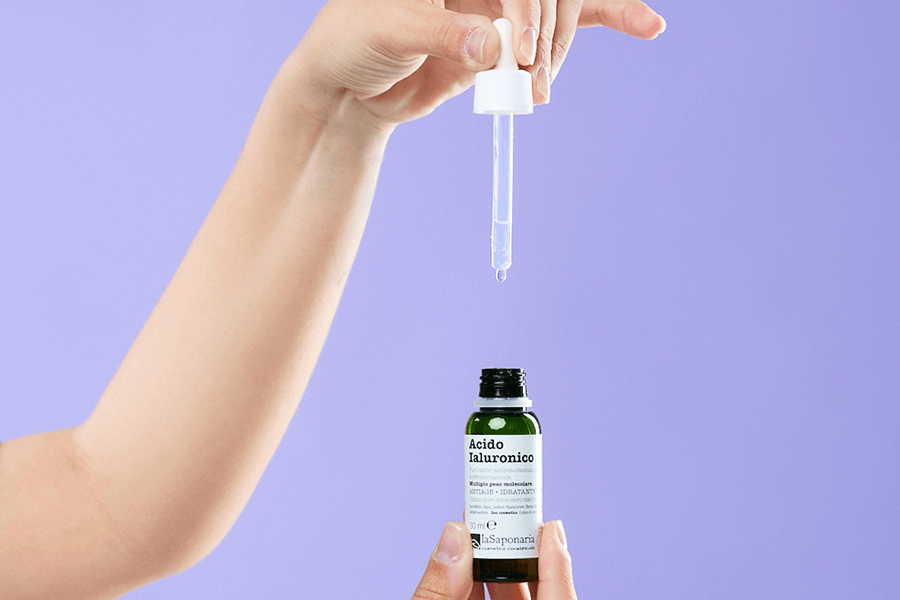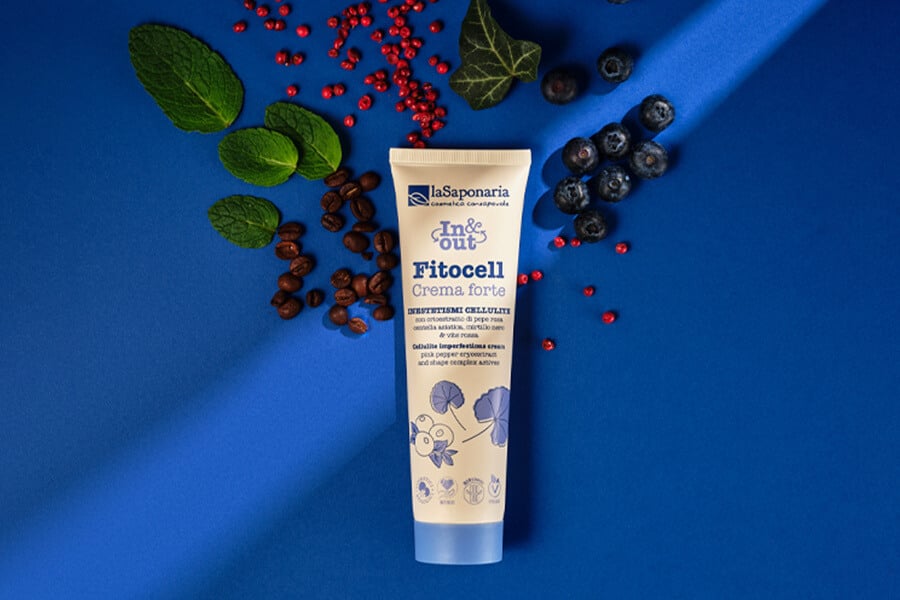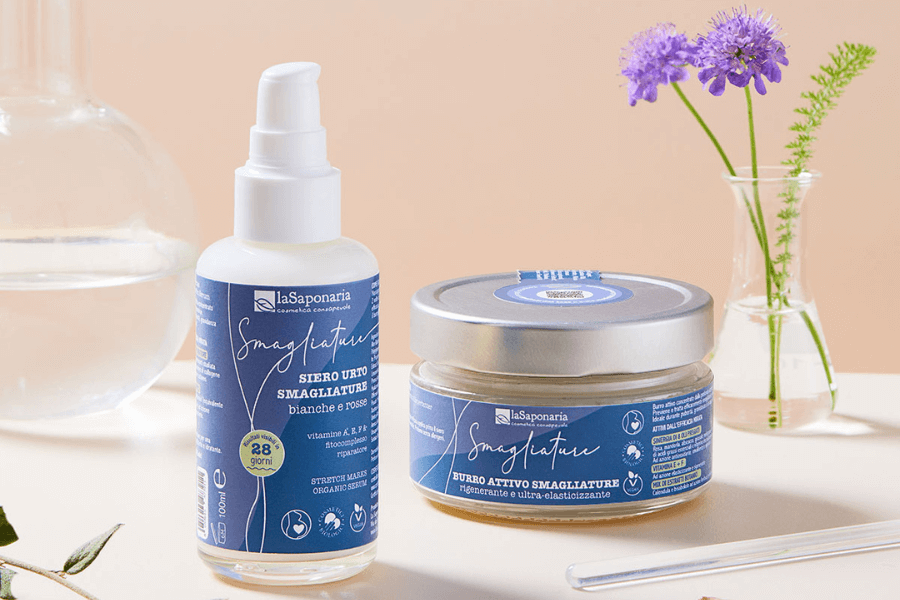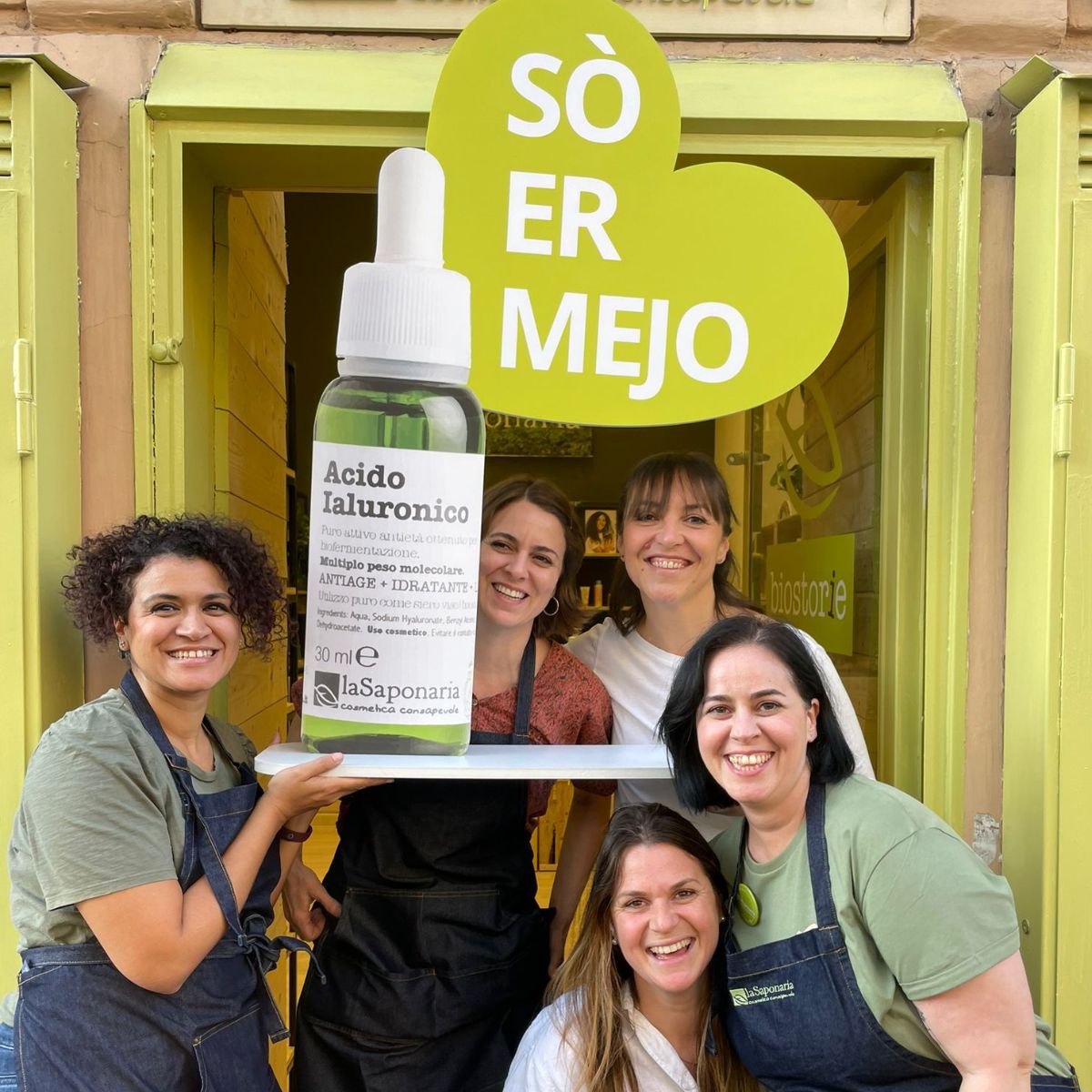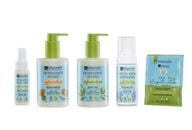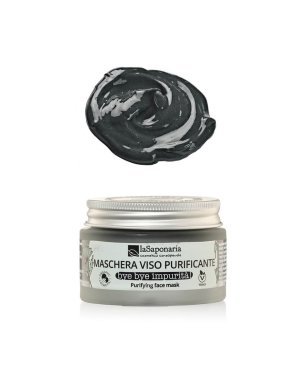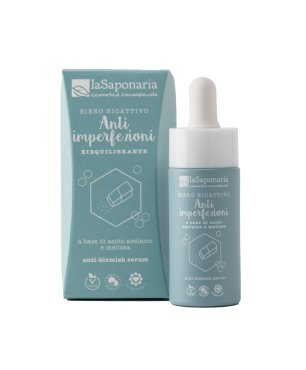- Call us! +390721 911004
- Write a message
- Whatsapp +39 377 3844777
- Become a reseller
- Test and E-book
- Location and contacts
-
MenuBack
-
Organic cosmetics
-
-
space
-
-
-
-
-
-
-
Christmas Gift
-
-
Skin care
-
Hair care
-
Body Care
- Christmas gift
- Routines
-
DIY
-
-
space
-
-
-
-
-
-
PRODUCTION TOOLS
-
-
DOWNLOAD THE RECIPES
-
-
-
Organic library
-
-
BEAUTYBLOG
-
-
-
GLOSSARY
-
-
-
DO-IT-YOURSELF RECIPES
-
-
-
TEST AND E-BOOK
-
-
About us
-
-
space
-
-
-
-
-
PHILOSOPHY
-
-
-
NATURAL COSMETICS
-
-
-
FLAGSHIP STORES
-
-
-
Sustainability
-
-
space
-
-
-
BENEFIT COMPANY
-
-
-
ETHICAL CHAIN
-
-
-
SUSTAINABLE PACKAGING
-
-
-
SUSTAINABILITY IN THE COMPANY
-
-
-
Supported projects
-
NOTICES AND AWARDS
-
-
-
Business Area
-
-
space
-
-
-
OPEN A FLAG SHIP STORE
-
-
-
BECOME A RESELLER
-
-
-
PRIVATE LABEL
-
ACCOMMODATION FACILITIES
-
-
-
RESELLERS LOGIN
-
-
-
Resellers
-
-
RESELLERS RESOURCES
-
-
-
OPEN A FLAGSHIP STORE
-
ACCOMMODATION FACILITIES
-
PROMOTIONAL MATERIAL
-
-
-
RESELLERS NEWS
-
REGISTER YOUR SHOP
-
-
-
BODY CARE LINE 2025
-
-
-
CHRISTMAS GIFT
-
-
- Store locator
Azelaic Acid

INCI NAME:
Azelaic Acid, Polyglyceryl-4 Azelaiate
ORIGIN:
Vegetal
FUNCTION:
Anti-inflammatory, antibacterial, anti-aging, depigmenting, pH buffer
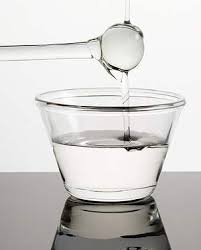
This is an automatic translation
Azelaic Acid is a natural substance produced by a yeast (Malassezia furfur) normally present in the skin flora; it is also found naturally in wheat, rye and barley.
The interest in this substance derives from some characteristics that are particularly useful and effective in dermatology, it is in fact a precious ingredient for anti-acne treatments.
It has recognized antibacterial, anti-inflammatory and anti-radical properties. The anti-acne activity of azelaic acid derives in fact from its bactericidal and bacteriostatic action against microorganisms that settle the superficial layers of the epidermis, causing skin lesions characteristic of acne. Its effectiveness is proven against bacteria such as Propionibacterium acnes or Staphylococcus epidermidis, which are often found in the follicles causing pimples and blackheads.
Thanks to its strong anti-inflammatory properties, azelaic acid has also been shown to be very useful in the treatment of rosacea. Azelaic acid is known for its depigmenting action, therefore it is a good support for effectively combating skin spots.
Given its counteracting action against free radicals (antioxidant properties) it is believed that azelaic acid can be a good anti-aging remedy.
At a cosmetic level, when used as an anti-aging treatment, azelaic acid is part of creamy or oily formulations, but in these cosmetics its concentration must necessarily be lower than that used to combat dermatological disorders, in order to avoid unpleasant adverse reactions.

